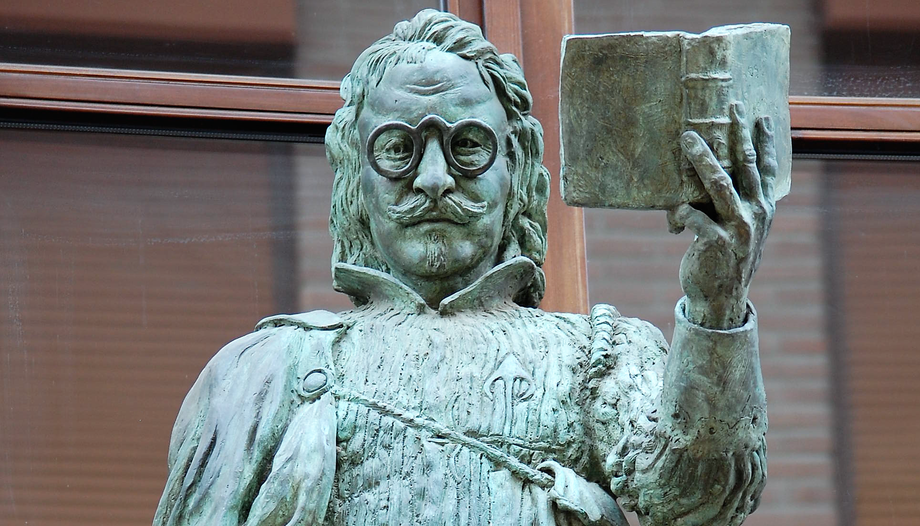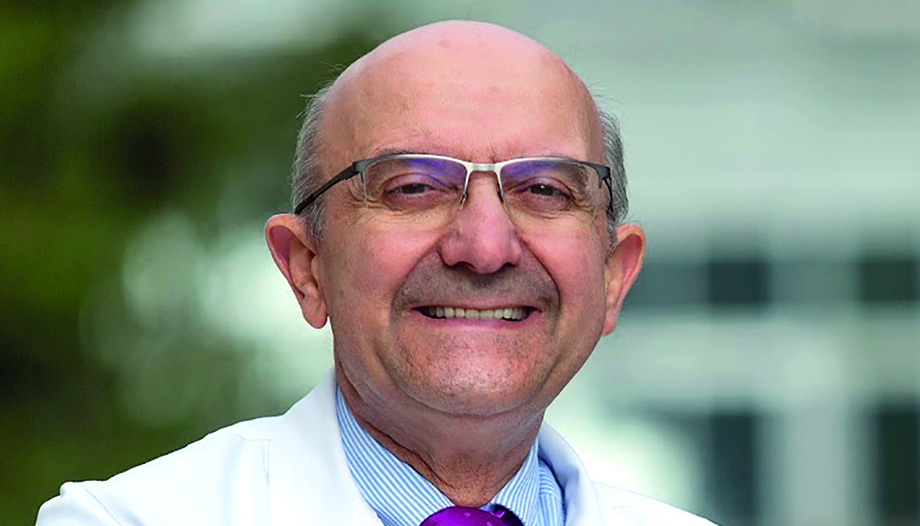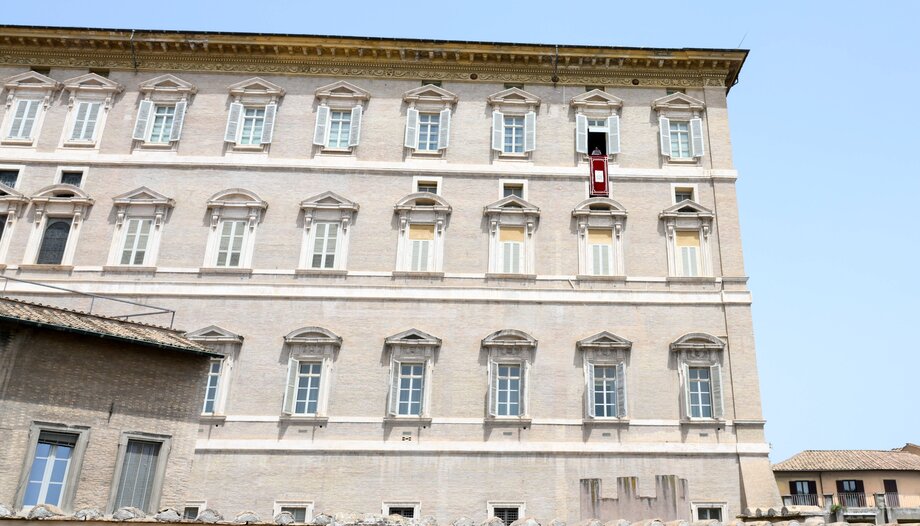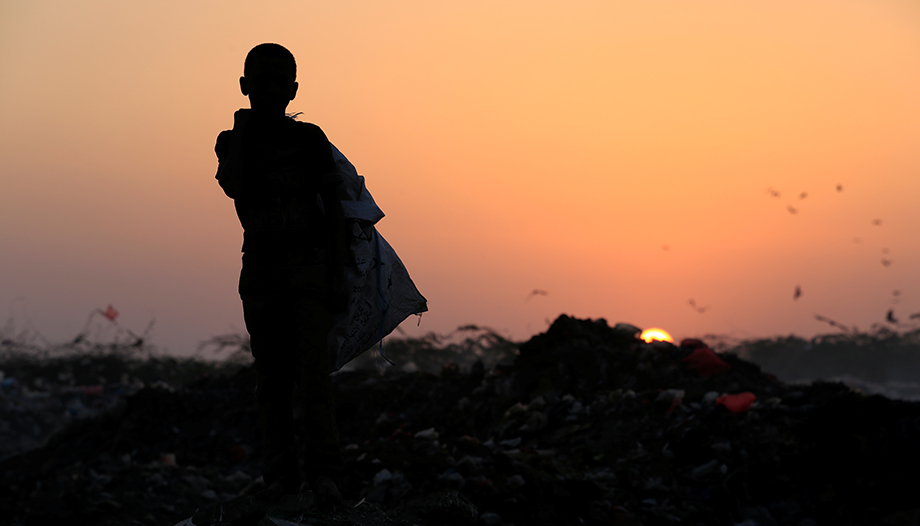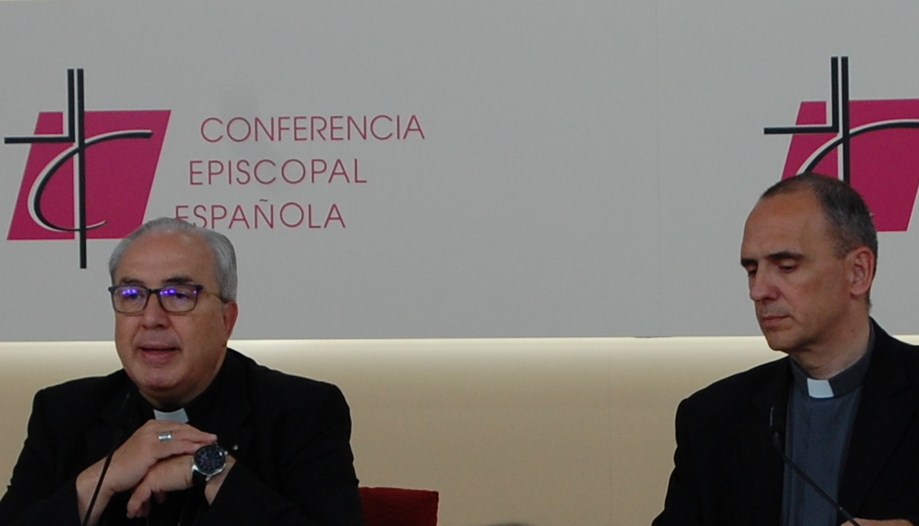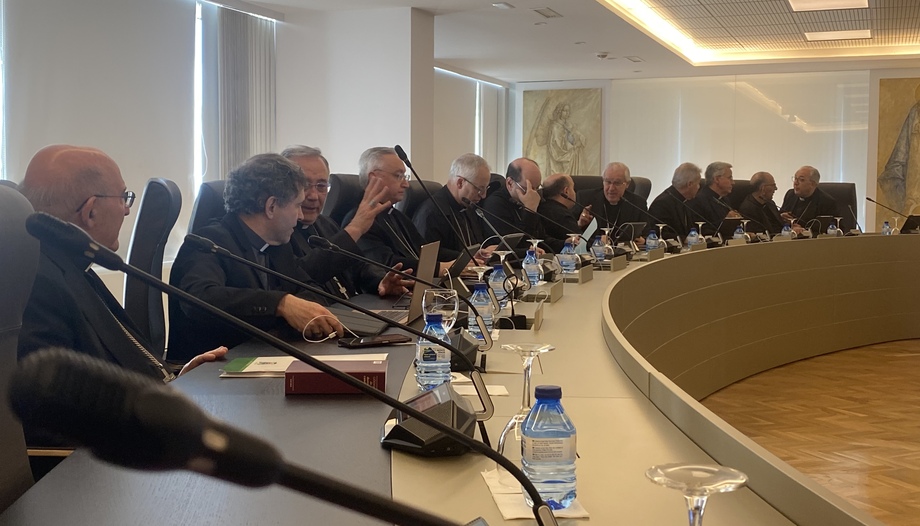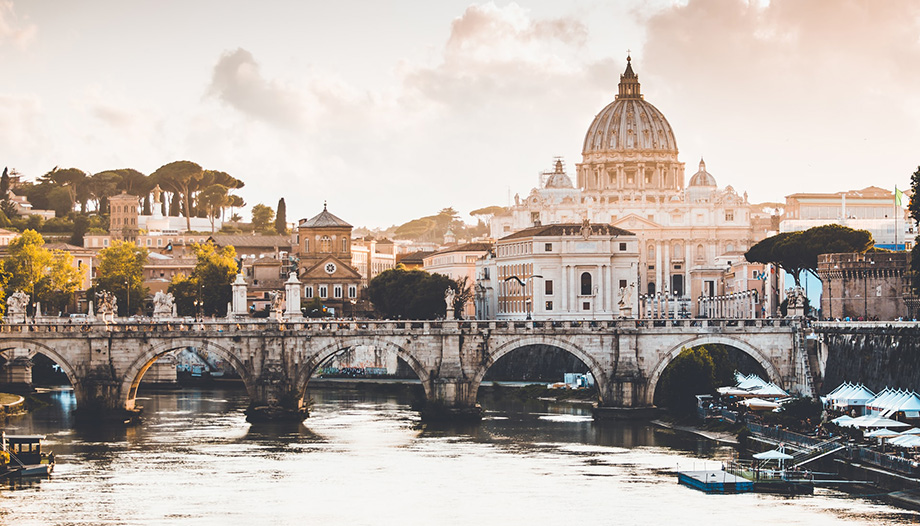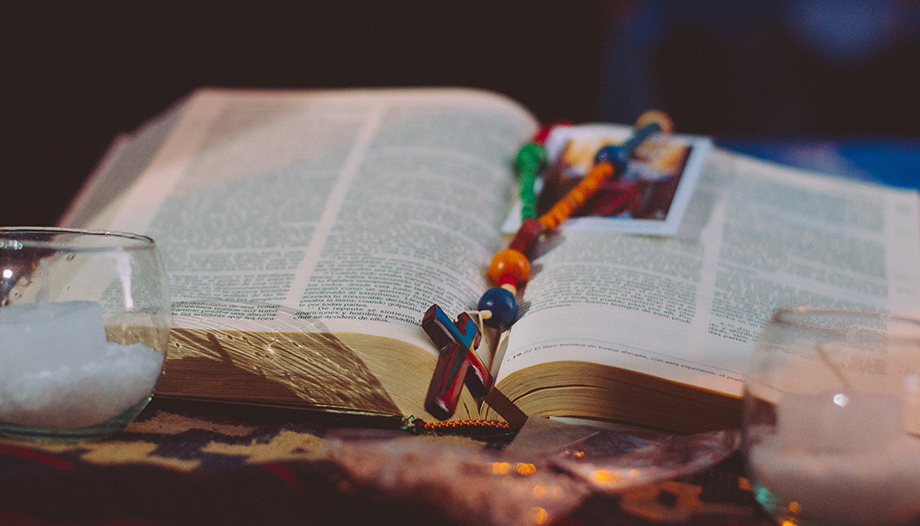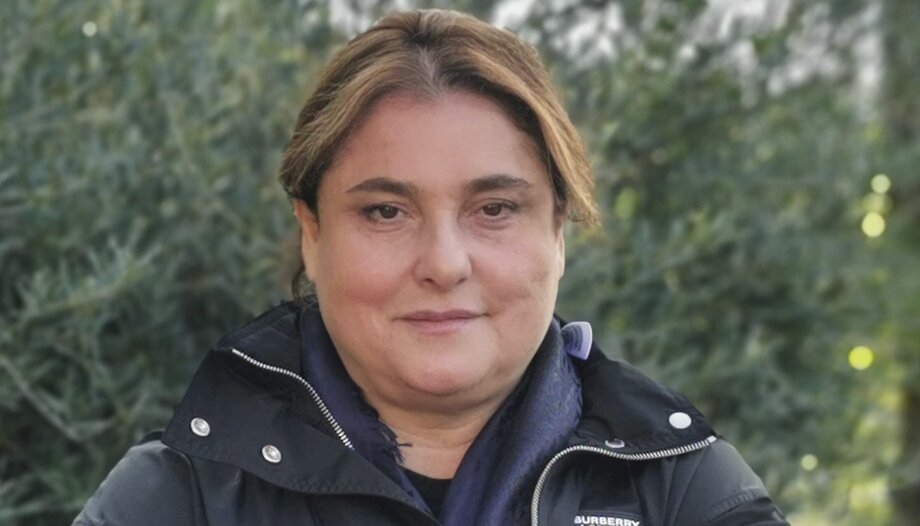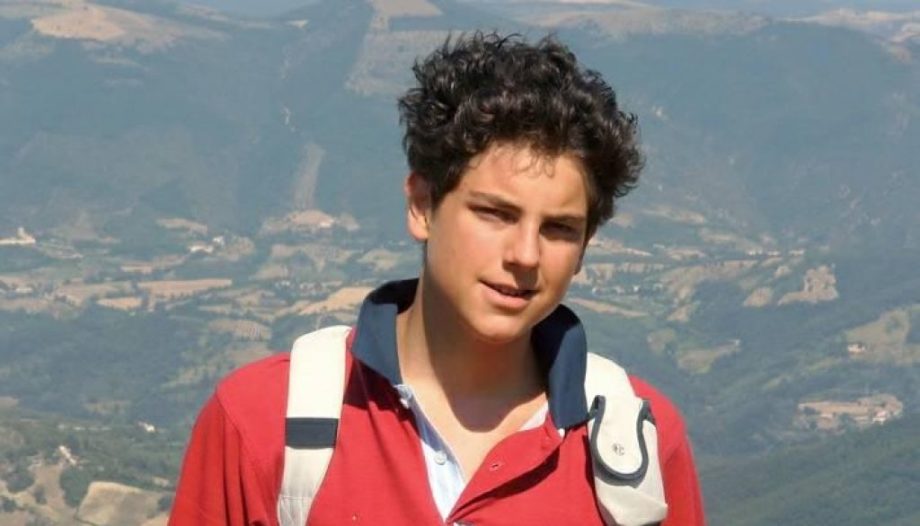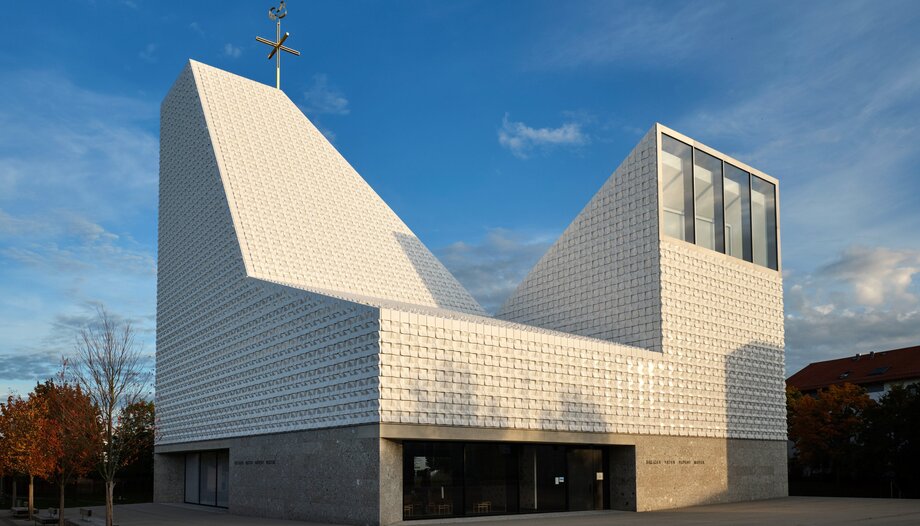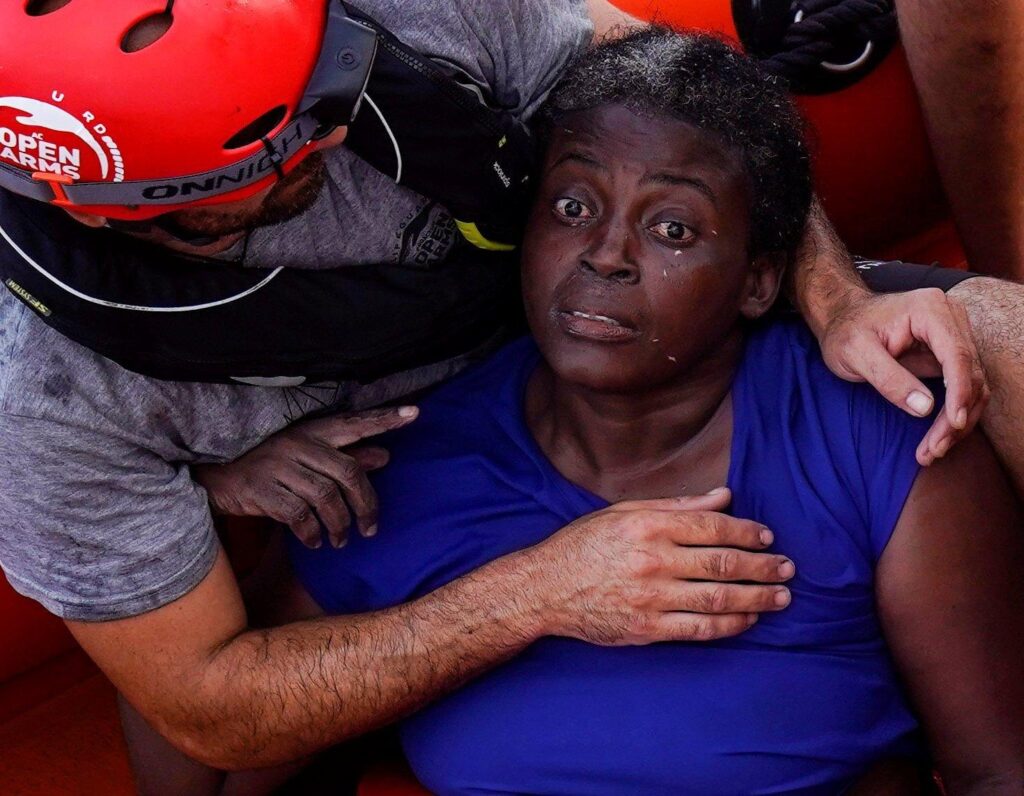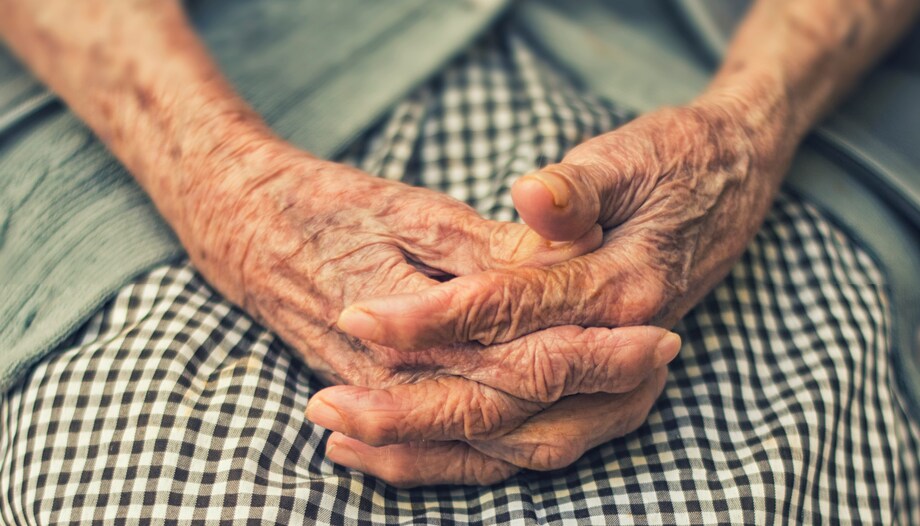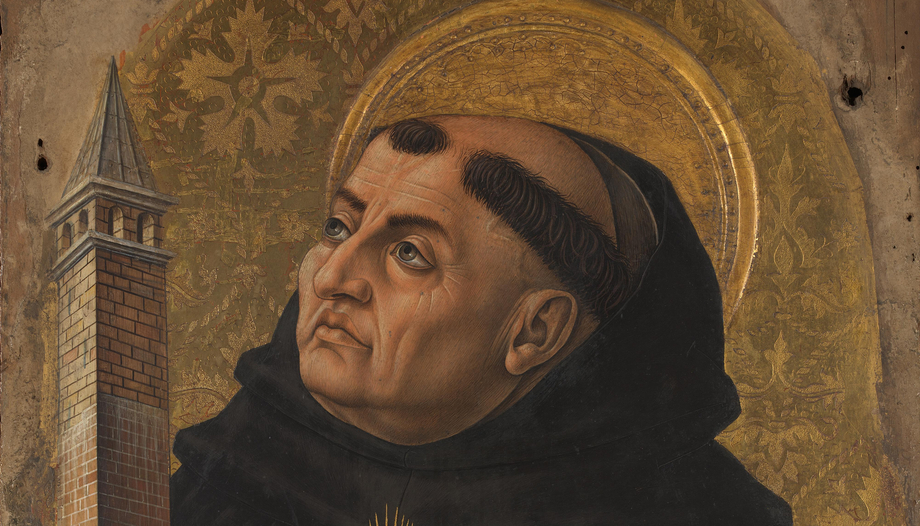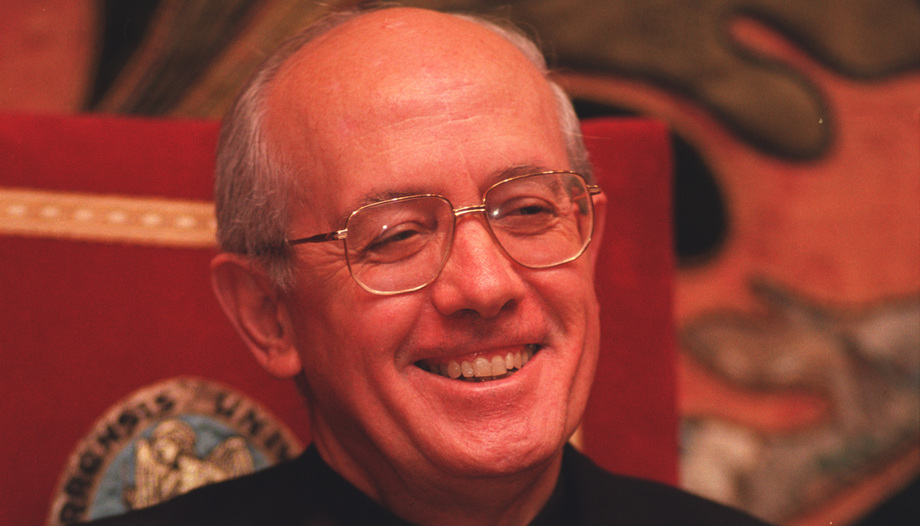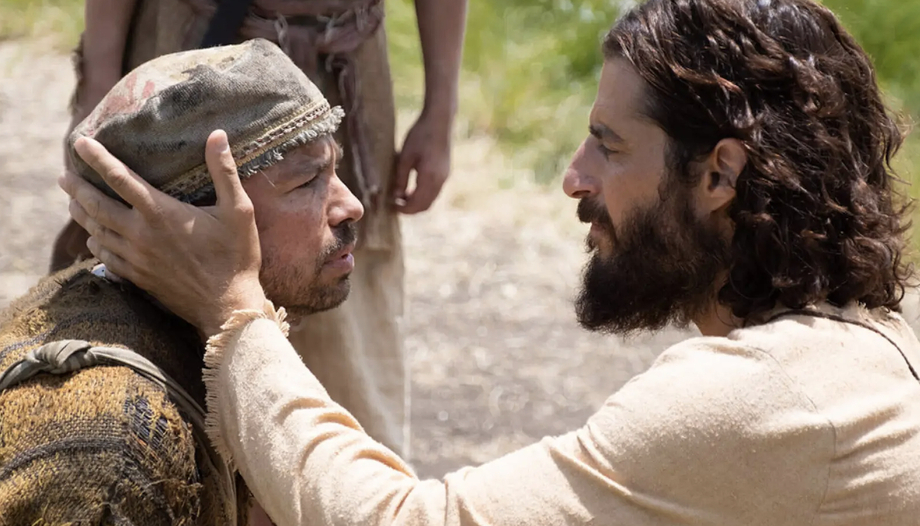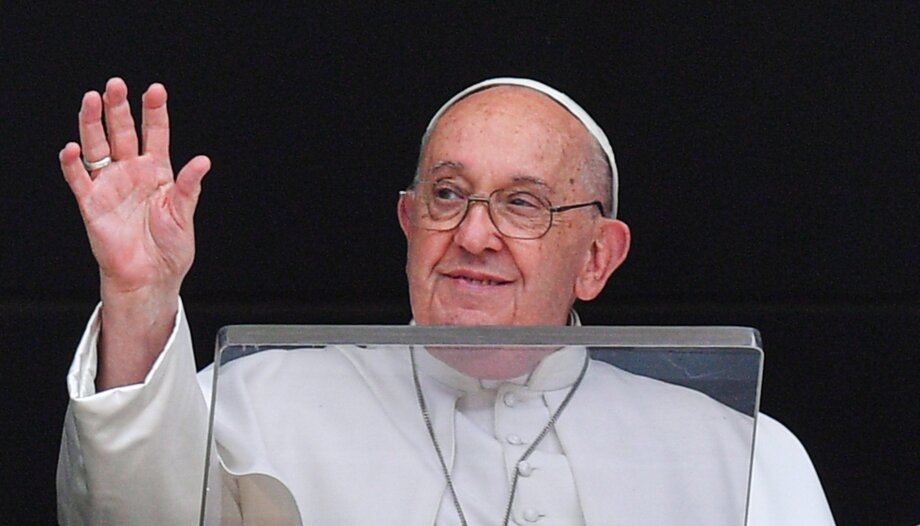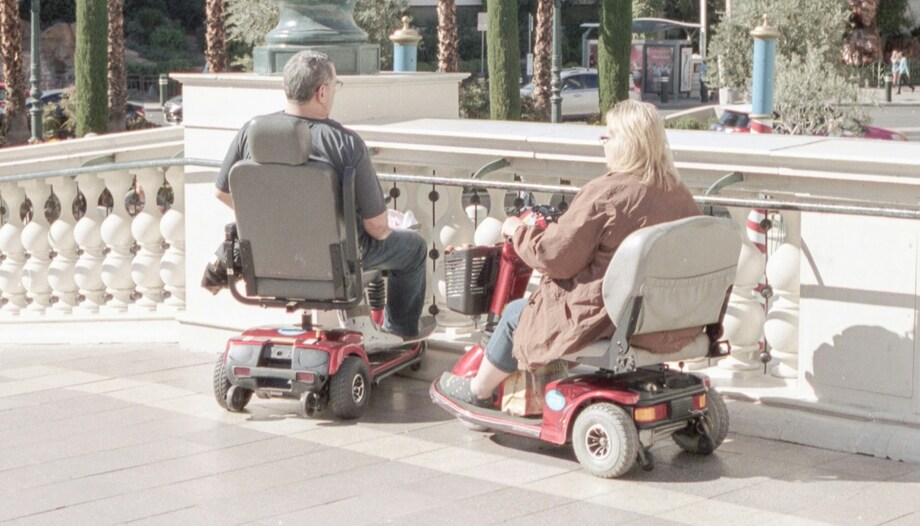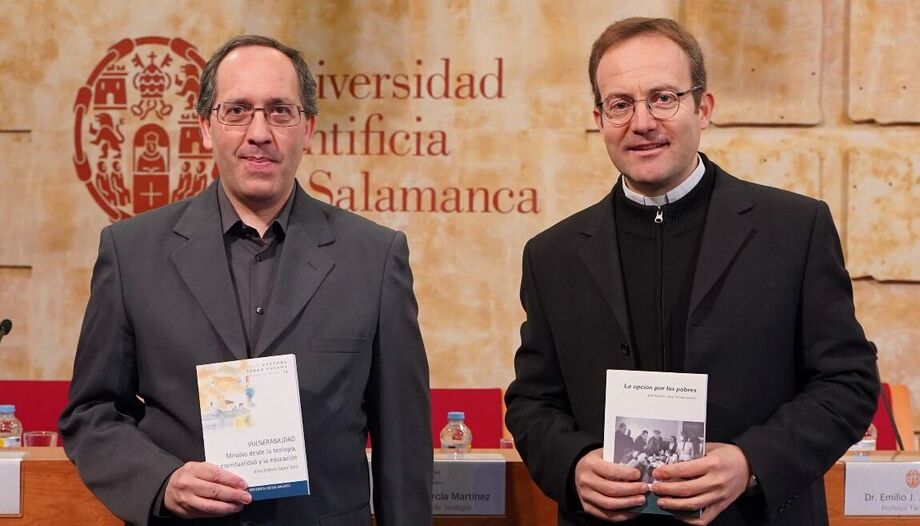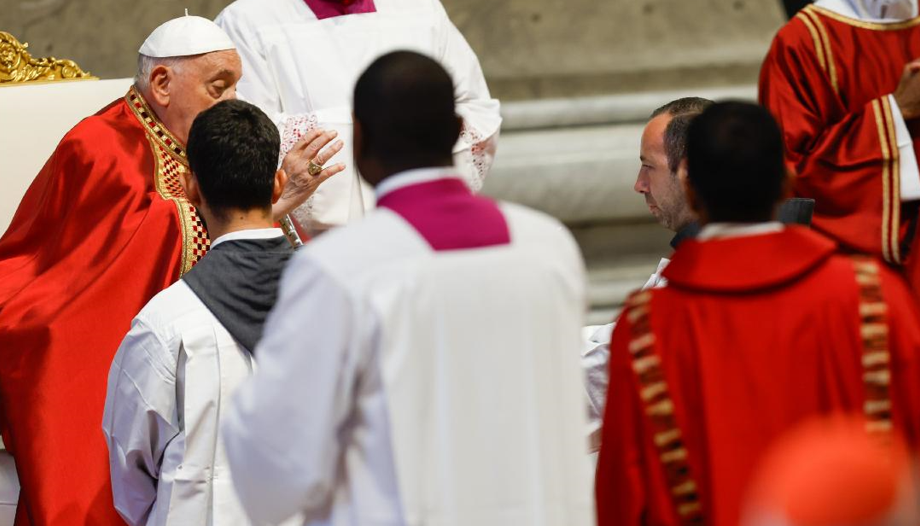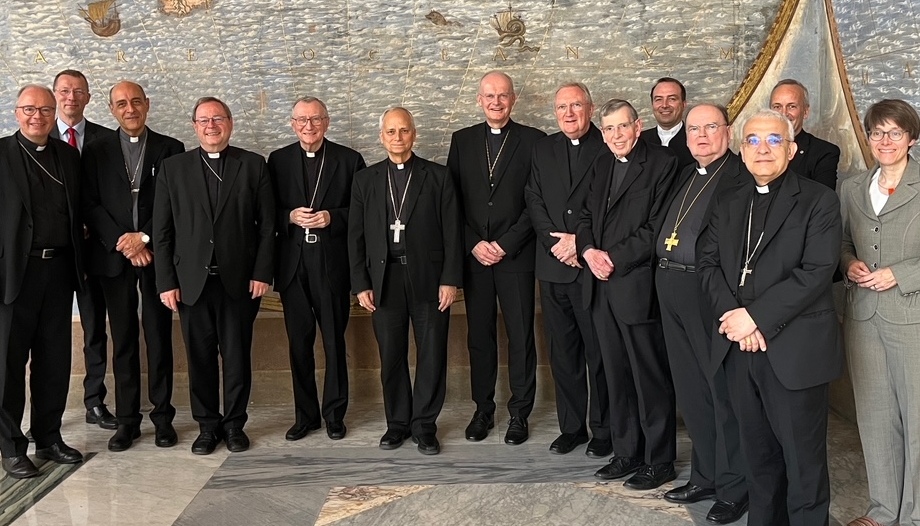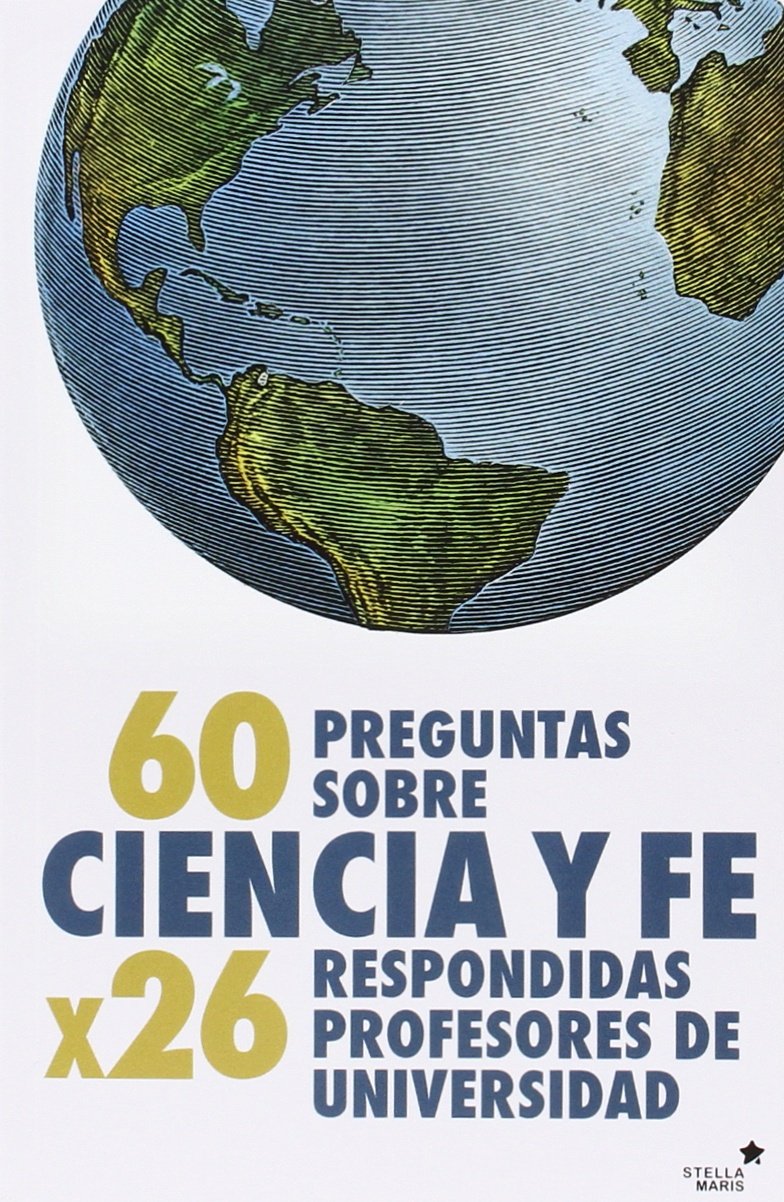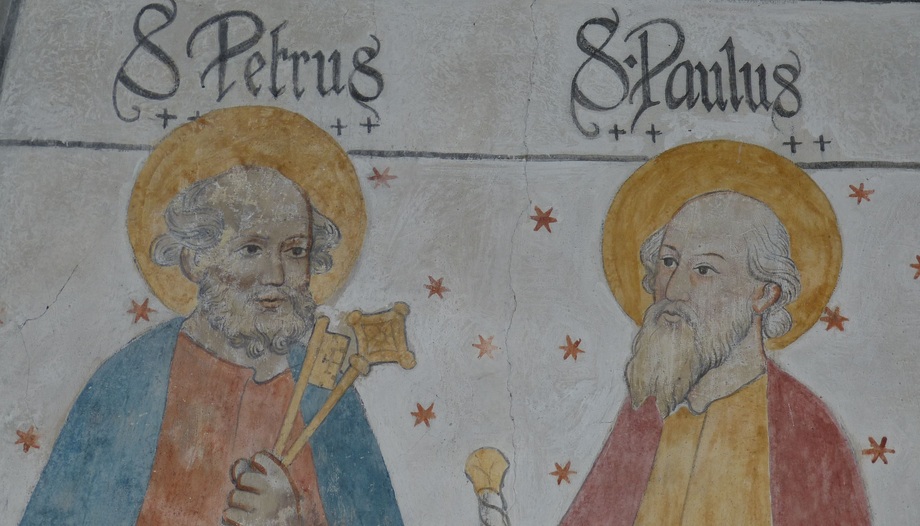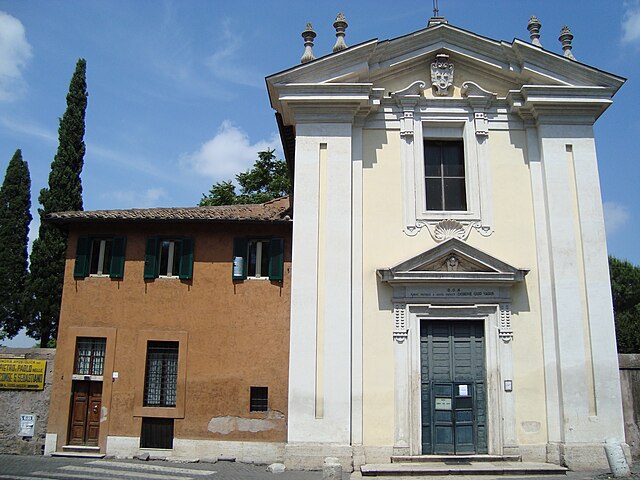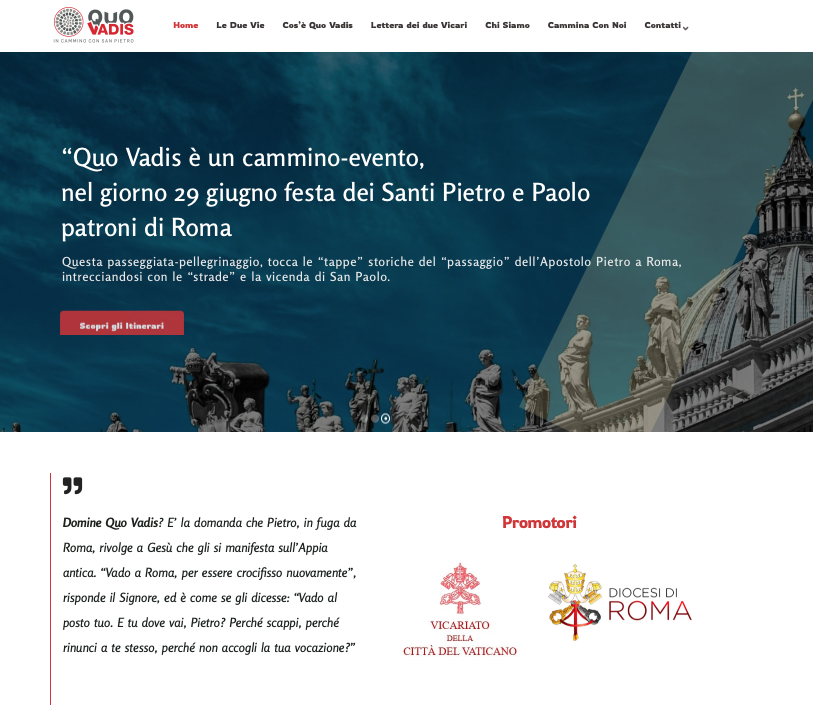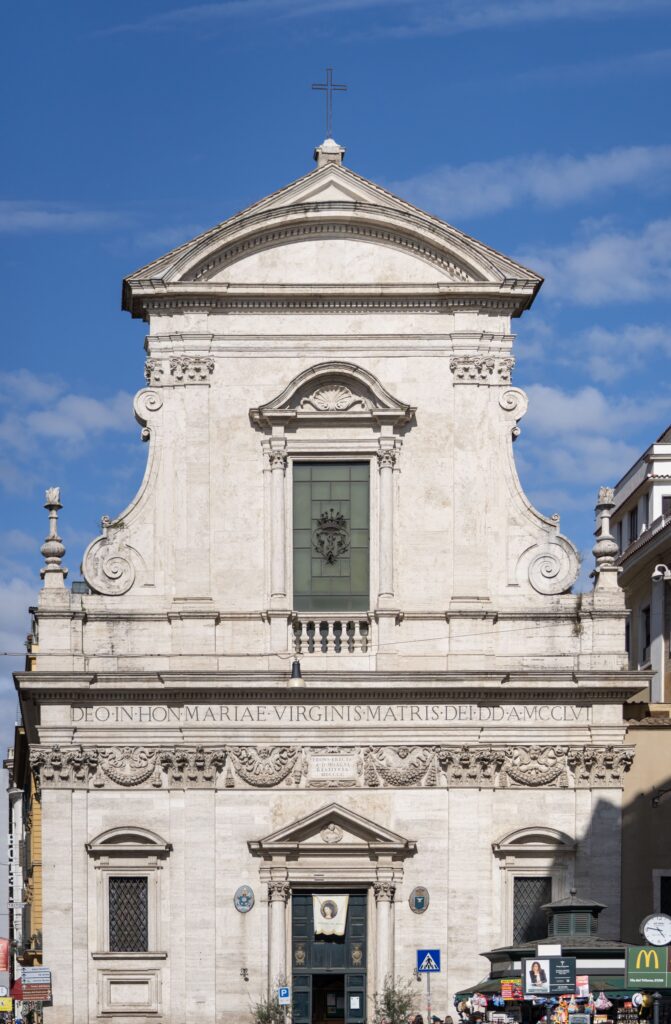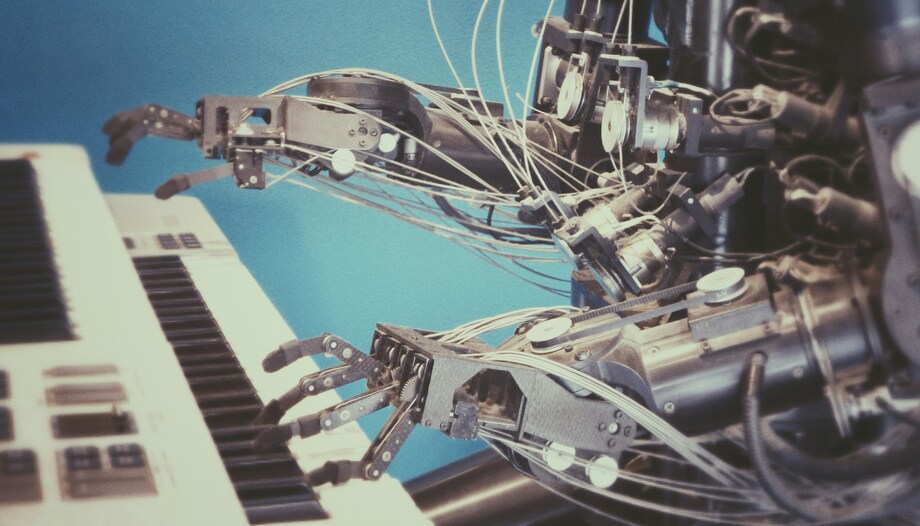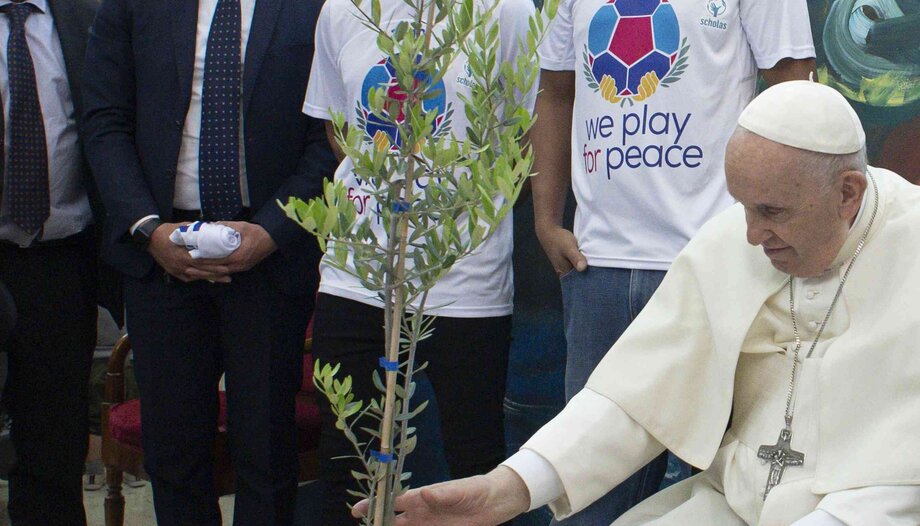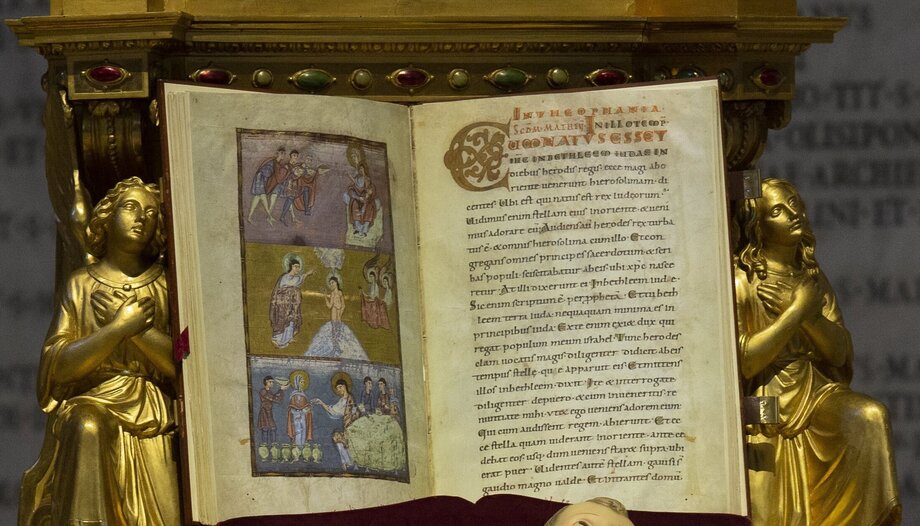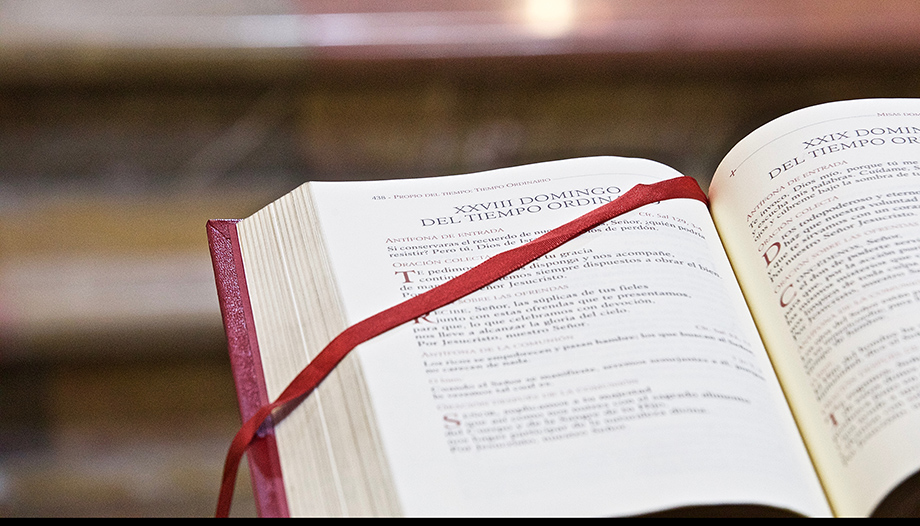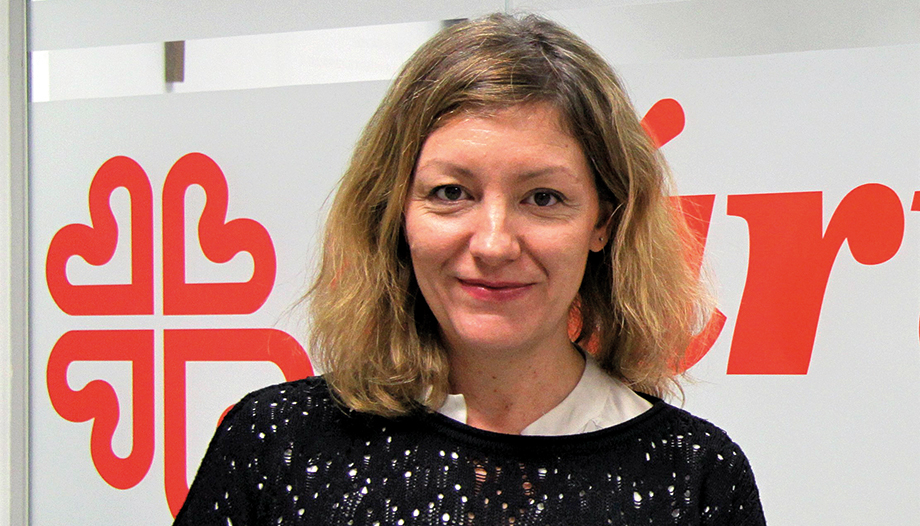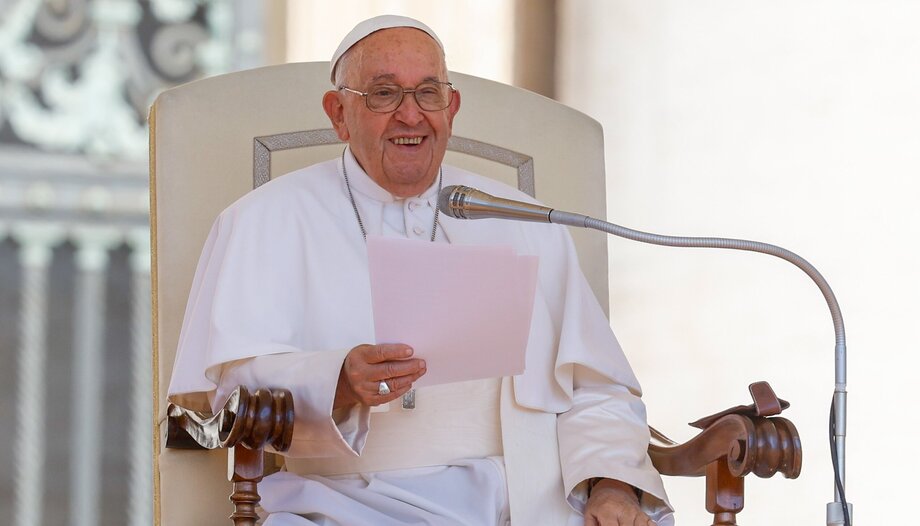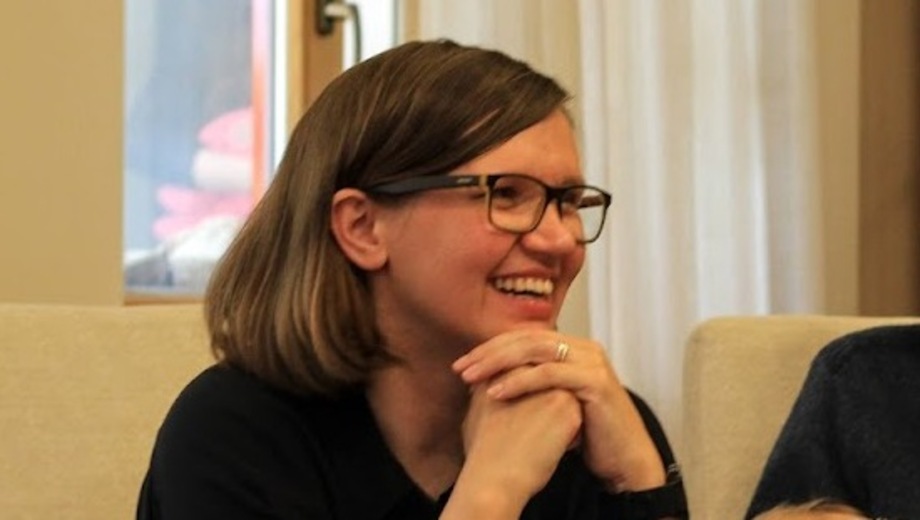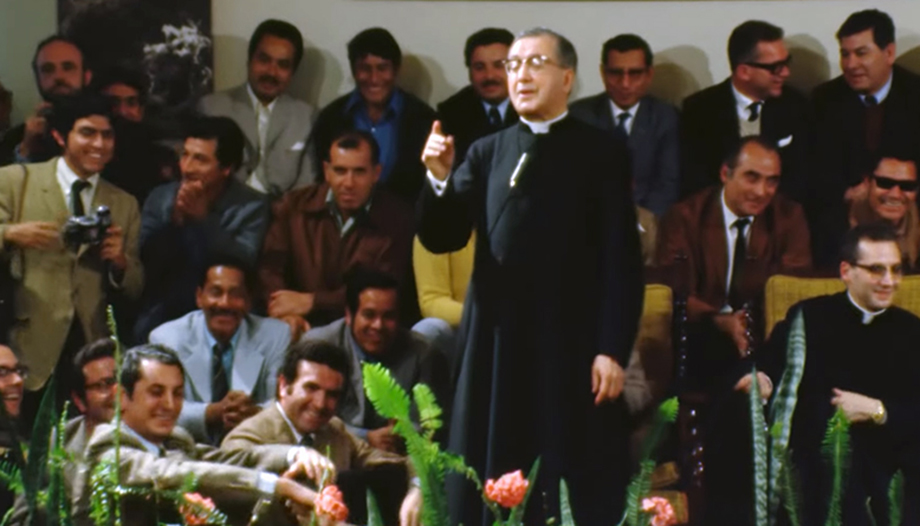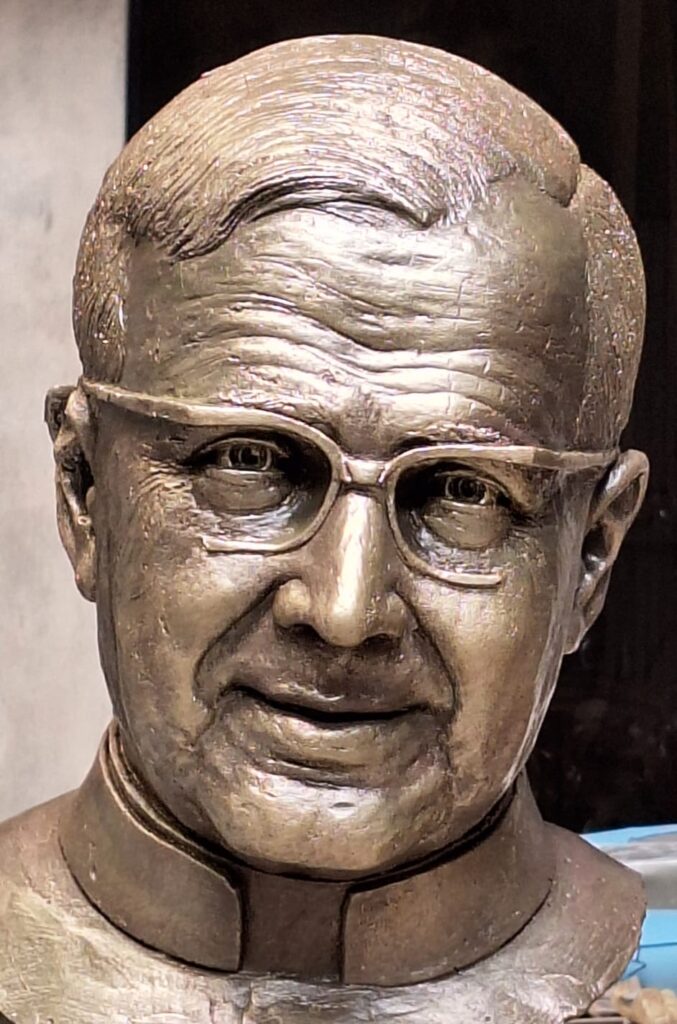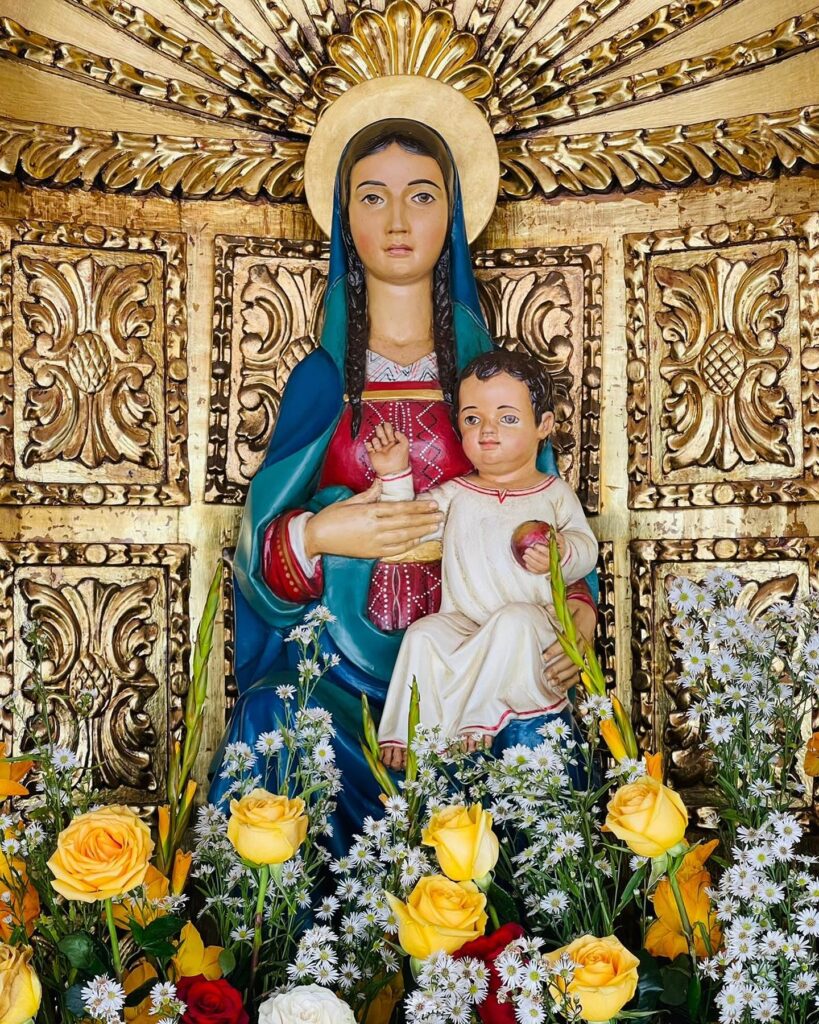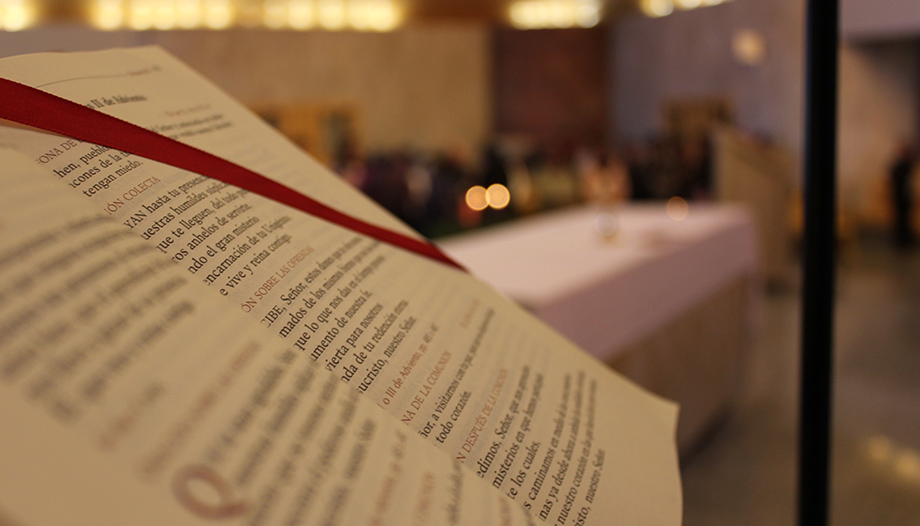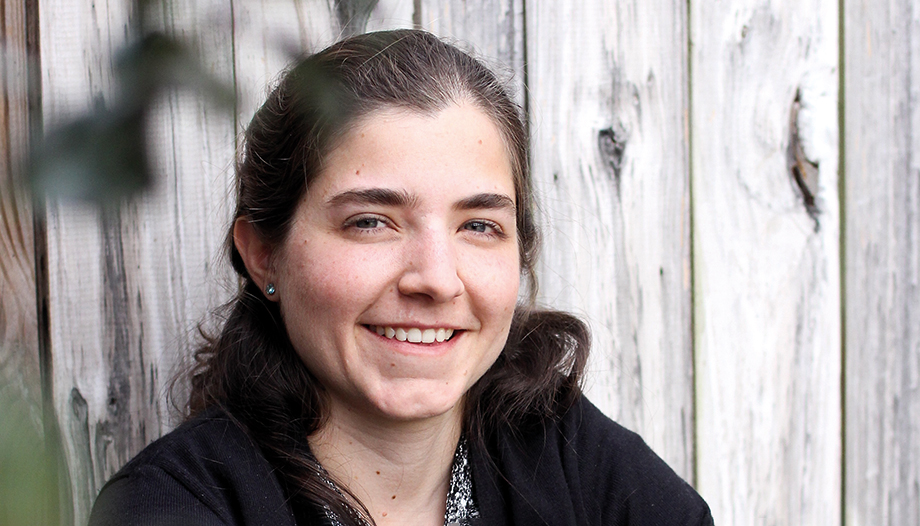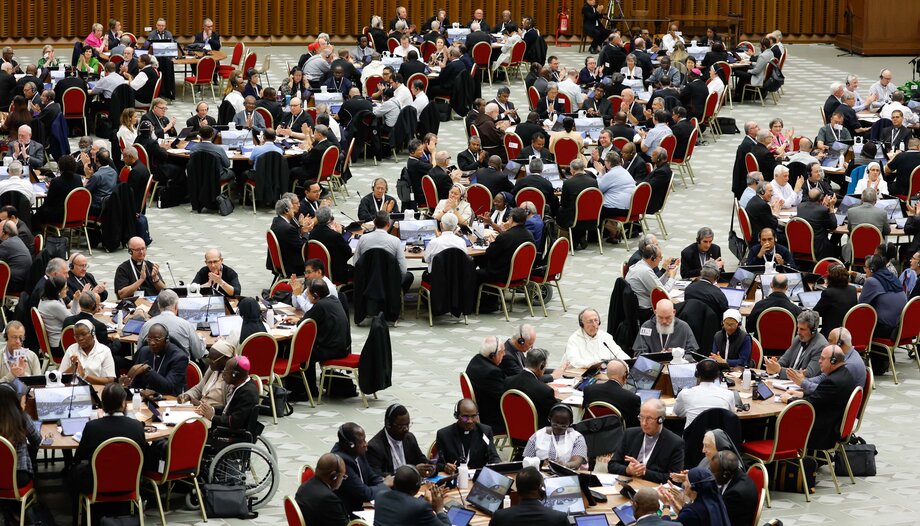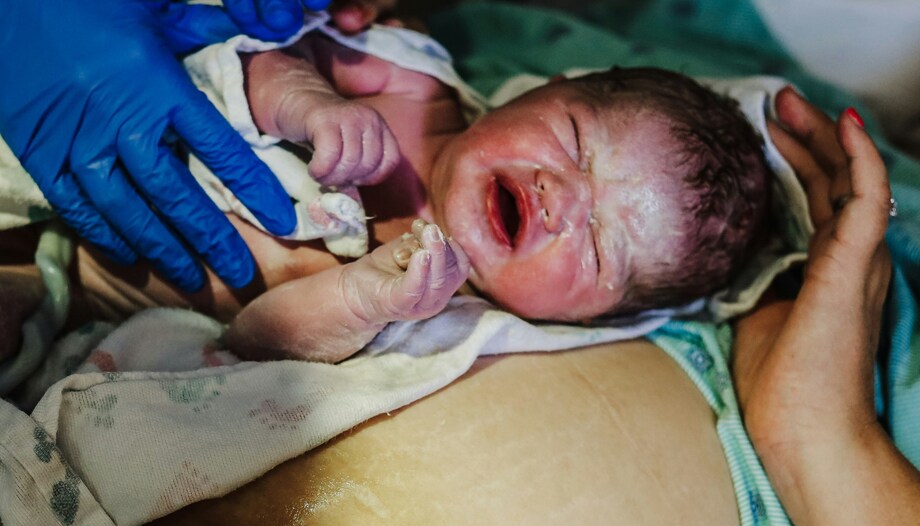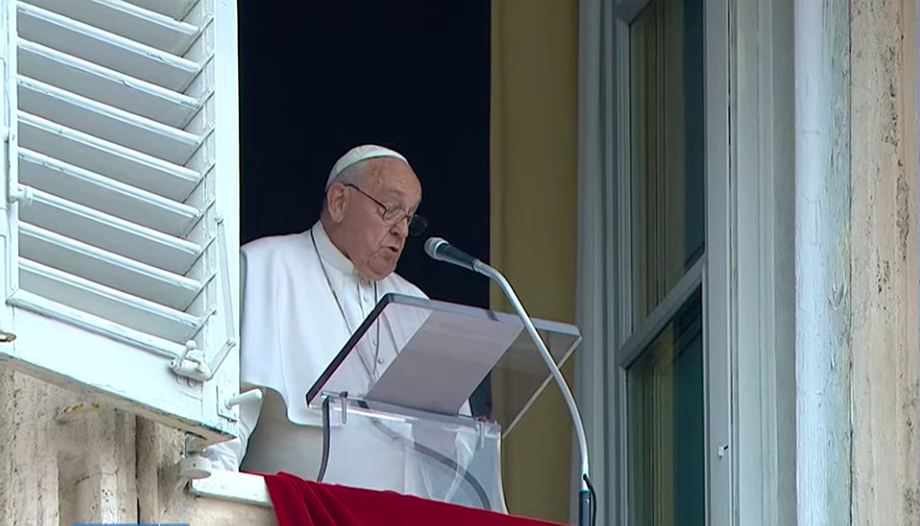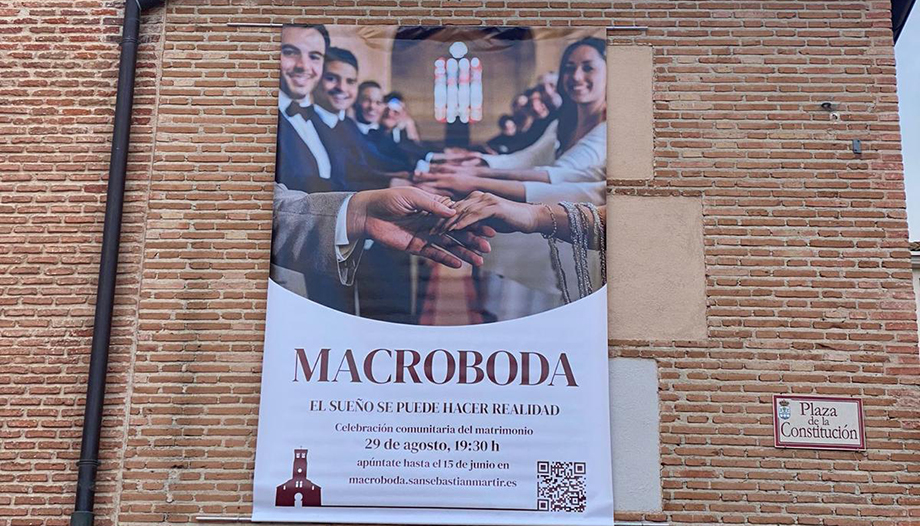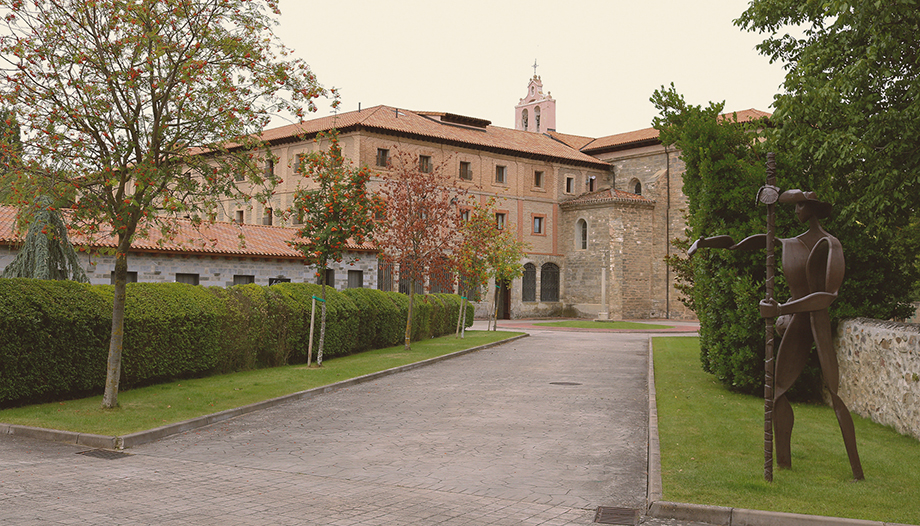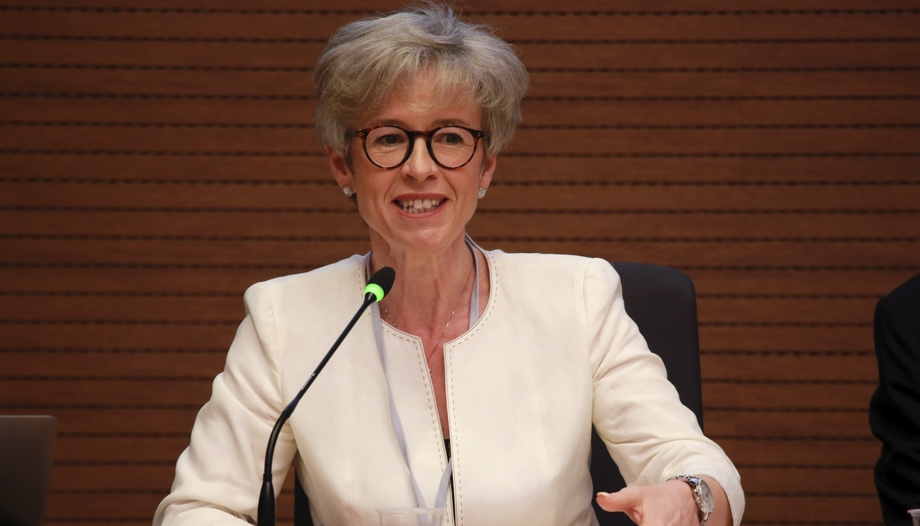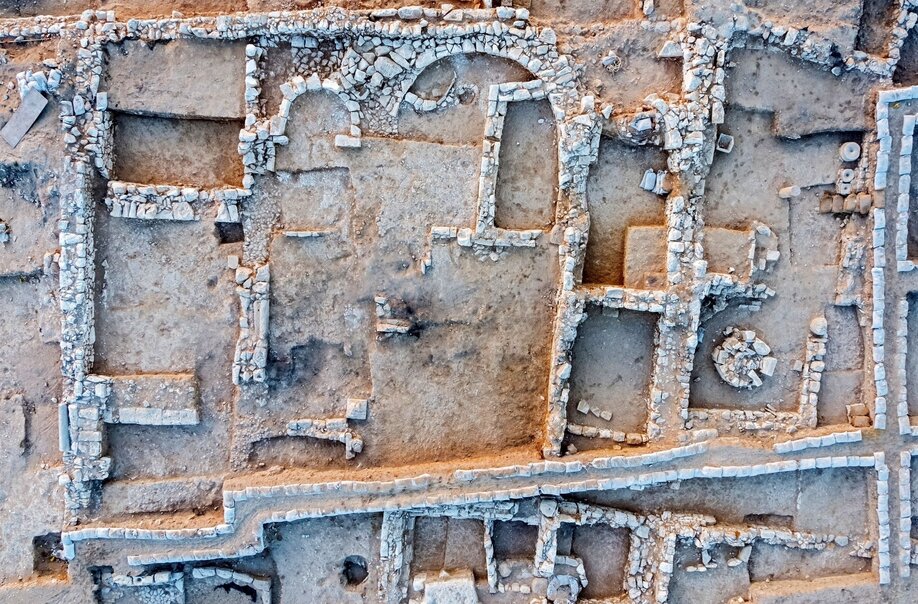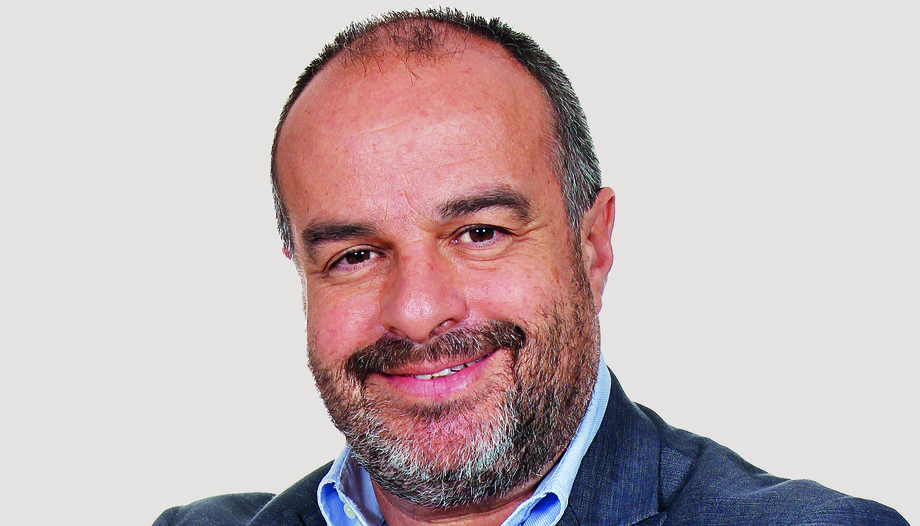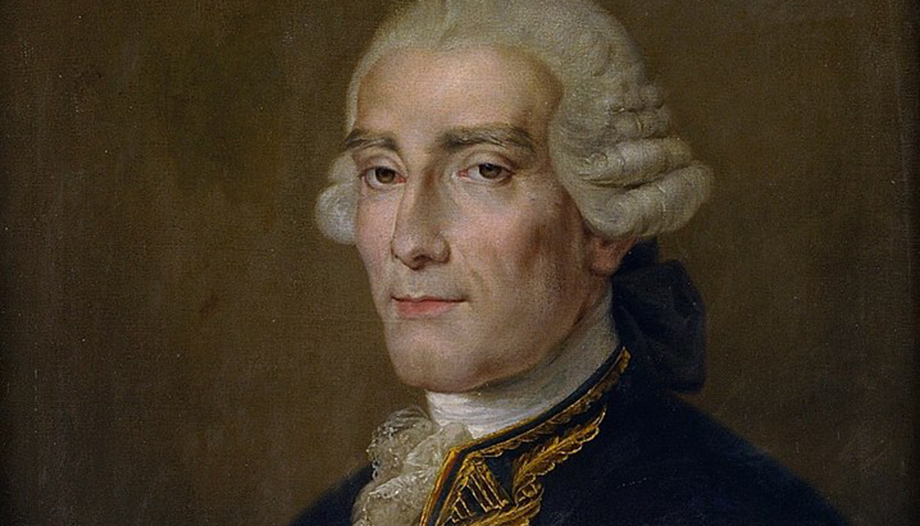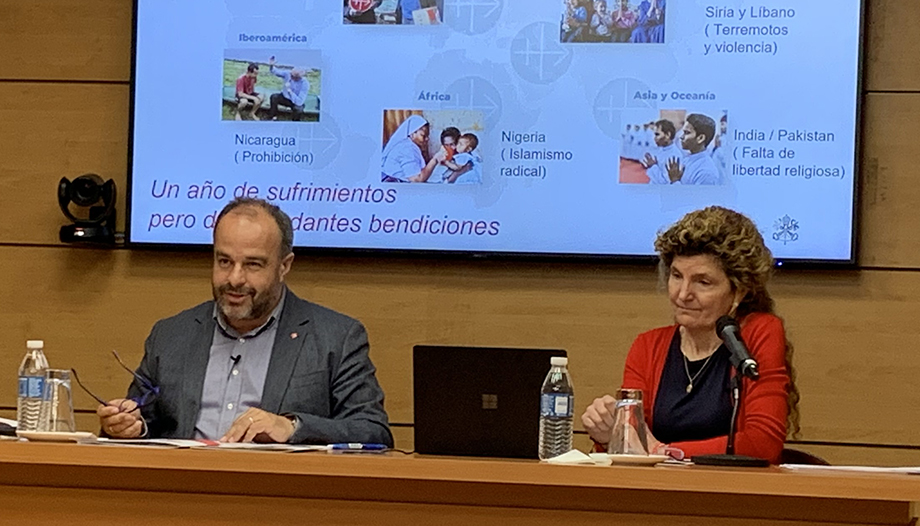With more than 25 years of practice, the Belgian psychologist Anne Schaub-Thomas has accompanied and treated hundreds of women and couples who have not been able to fulfill their desire to have a child naturally.
For Schaub-Thomas, the debate over the surrogacy has completely forgotten the right of the "created" child and the psychological, affective and physical keys that mother and child develop in the prenatal period.
Is there a right to motherhood above all else? Are there really those who cannot live without "fulfilling themselves" as a mother or father?
-In the case of a woman, her body and heart are naturally constituted and prepared for childbirth. The call to motherhood is strong for a woman. Faced with infertility or sterility (personal or conjugal), the woman is often plunged into a feeling of essential lack that can be difficult to bear. Not being able to realize it is something to listen to, to accompany, to be able to collect all the depth of the feelings of sorrow, frustration and suffering. In the end, and without a solution to restore natural fertility, it is precious for the woman and the couple to find help to give meaning to the situation of sterility, until, if possible, to be able to move on to other modes of donation and "maternity/paternity".
Adoption remains for the woman (and the couple) a form of parental fulfillment that not only fills the "cradle of the heart" but also gives back to a child what he or she has lost through life's misfortunes: a mother and a father.
– Supernatural surrogate motherhood The possibility of conceiving the desired child, for oneself, outside oneself and without oneself, leaves the woman psychologically unscathed? What does it mean for her to resort to a surrogate mother?
First of all, the technique profoundly modifies the woman's relationship with motherhood, because the child is no longer the result of an intimate encounter between two beings who love each other, but of recourse to a medical-technical act. It is revealing, to say the least, to hear one of the first doctors to practice fertilization in vitro to call himself Amandine's "father".
In fertilization in vitro maternity for the woman does not consist simply in welcoming an embryo from the outside into her body. The prior intervention of the technique intrudes into and intensely modifies the woman's body as well as the couple's private space. The technical action induces in the woman a strong psychic resonance that is not experienced in natural motherhood. Great stress surrounds the woman who finally "succeeds" in satisfying her need for motherhood.
What is being modified, therefore, is mainly the entire intimate relational, carnal and private space. The latter disappears in favor of a "disaffected" (affectionless) medical context, in which genetic material - a human being in the making, it should be recalled - is extracted and manipulated in the aseptic hands of anonymous geneticists and laboratory technicians. The use of technology deprives the woman (and the couple) of the warmth of the living, of the intimate embrace with a view to conceiving, in the secret of their bond, the flesh of their flesh.
We go on to look extrinsically at the process: the sorting of quality gametes, the culture medium and Petri dish, the incubation tubes, the "ideal" embryo to "choose" and the surrogate mother. By taking the living (gametes) out of the body, the woman's relationship with motherhood changes profoundly. Let us make no mistake: a woman who leaves the waiting for "her" baby in the hands of another woman is depriving herself of a part of herself, and she knows it, she feels it in her whole being. But the subject remains taboo and sometimes, in the end, it is revealed in psychotherapeutic practices.
The woman has to face a series of feelings of impotence and humiliation, of inability to conceive and give birth naturally, suffering restrictive and eminently invasive, risky and painful treatments; feelings of guilt, fear of no longer loving the child she so much desires but who makes her suffer so much, etc. Not to mention the partner, who rarely emerges unscathed from such an ordeal.
What happens with the attachment during the gestational period? What is the relationship between the pregnant mother and the child?
-A woman carrying a baby in her womb that she knows she will have to give to someone else at birth is very likely to develop mechanisms comparable to those that occur in situations of pregnancy denial.
The denial of the pregnancy distances the woman from the awareness that she is carrying in her womb a new being to protect and love. If the surrogate mother is perfectly aware that she is pregnant, choosing to gestate someone else's child, and destined for someone else, forces her to divide and strip herself of the most emotionally and psychically intimate part of her being.
What mother is going to join the baby that she has never wanted for herself, that she knows she is carrying in her womb with the intention of separating from it at birth? Even more so when it is a child who is not genetically related to her.
In the surrogacy the pregnant woman carries in her womb a contract to fulfill more than a baby to love. The surrogate mother exercises a "job", with the requirement to respect the contract she has to fulfill: that of delivering a baby, whole and healthy.
Rare are the surrogate mothers who decide at all costs to keep the child they are carrying. When this happens, it is always a source of legal disputes and tragic human tragedies. Nowadays, a surrogate mother cannot gestate a child for another person with her own gametes, precisely to avoid this type of reversal.
Attachment, which is a natural biological process, more easily takes hold of all mental constructs and resolutions around a remunerated contract, when the expected baby is that of the woman who gestated it, that is, when it is conceived from her ovum.
The gestations organized by the agencies are ordered to guarantee the lowest risk of mother-child attachment, despite the fact that the main psychological problem for the future development of the child is precisely that of favoring a quality attachment with the biological mother.
This is, in fact, extreme violence, on the one hand, against the woman, who is forced to work against her natural maternal instinct, and on the other hand, against the child, who is subjected from the beginning of his or her life to emotional conditions that are the antithesis of his or her primordial needs.
What are the psychological and physical consequences of a child being separated from its mother at birth?
-The human being is a relational being. The need for connection is one of the earliest and deepest human characteristics; it is an ontological, vital expectation with which every human being is "genetically" endowed.
Like the water table common to our humanity, every embryo, every fetus will naturally attach to the mother who carries it. If attachment is a physiologically programmed biological process, it is important to consider the nine months of pregnancy as much more than just the growth of organs to make a small body viable. The beginnings of relational and emotional life are already established during the prenatal period, and the emotional content of the intrauterine and birth experience will leave a lasting imprint on each person.
The fetus possesses a very fine and highly developed sensitive and affective competence. Naturally curious about relationships, it picks up on the relational impulses, desires, thoughts and psychological state of the mother carrying it. The context and atmosphere of pregnancy are far from indifferent to him. Birth, the first experience of separation of the baby from the body of the mother who has nurtured, wrapped and loved it for nine months, is the first natural test of life that projects the baby into a new environment.
The baby crosses this path from the inside to the outside of his mother's body, so it is best if he is kept close to her. It is important that the newborn baby finds at birth the sensory markers with which his memory is completely impregnated, and which link him to the one who represents life for him: the mother's voice, smell, touch, the taste of mother's milk, etc., all milestones that maintain the somatic and psychic balance of the little one, and provide him with his basic security.
Numerous demonstrations of neuroscience highlight the biopsychological importance of the prenatal period for the child. These early stages of life represent the basic soil in which the first unconscious sensory, relational and emotional experiences are sown, either with connotations of unity, tenderness, joy and serenity, or with distance and detachment, tenacious ambivalence or emotional confusion.
The extreme stress generated in the newborn in case of maternal separation leaves a lasting imprint linked to separation anxiety. The baby's need for continuity and stability of the bond with its biological mother is deeply affected.
In fact, any situation that imposes on the newborn, even involuntarily, the separation from the mother who has carried him/her for nine months, provokes, depending on the context and to varying degrees, a wound of abandonment that can go as far as the anguish of death.
It is true that the baby feels it exists from the presence in quality and quantity of its mother, whom it knows with all its senses and to whom it has been attached for several months.
Let's say that the embryo is grafted into the body and heart of the mother who carries it, in a very intimate relational mesh. This time in the womb is essential for the baby, it will have a lasting influence on their lives. Sometimes without us even realizing it.
Thus, organizing a motherhood, a split kinship from conception until after birth, burdens the child with a psycho-affective baggage marked by ruptures, losses and affective confusion, and plunges him/her into a situation of blurred filiation.
If a woman, a mother, for whatever reason, can decide not to bond with the baby she is expecting, the child cannot. The process that creates this attachment bond between the baby and the mother is a programmed survival "reflex". It is a biophysiological and psychological mechanism that cannot be ignored.
No contract between intended parents and a surrogate mother, no adult thought, even if it desires wholeheartedly the expected child, but from a distance, has the power to diminish or erase, on the one hand, this human experience of gestational attachment, fundamental for the child's future and which is woven with great subtlety in the fetus for nine months, and, on the other hand, the distressing experience of the baby's estrangement from its biological mother.
Thus, the procreative process of GPAs exposes the young child to de facto physical and psychological harm. Physical medical risks are associated with fertilization. in vitroLow birth weight and prematurity. More deeply, the child is exposed to a somato-psychic memory of imposed dissociation between the genetic, bodily and educational dimensions.
For most child psychologists and psychiatrists, it is indeed a context of origin likely to cause sensory and intrapsychic disorders in the child, with the risk of altering its future emotional life and its identity anchoring.
The deepest wound that the child born from surrogacy - and which does not exist in the adopted child - will undoubtedly have to resolve is the realization, one day, that it is his or her parents who have themselves created the situation of dissociation and rupture with the birth mother.
This intrapsychic conflict is likely to remain with the child throughout his or her life, with overwhelming identity and existential questions. All the more so since society as a whole will have allowed this to happen, will have supported and avoided recognizing at the state level the various risks and sufferings that GPA entails for the most vulnerable: the child.
In the debate surrounding surrogacy, it is urgent to put the young child back at the center of the debate. By its very nature, every embryo, fetus and newborn is vulnerable. I call it "the voiceless child". Let us bring the child out of the shadows, to denounce the potential scars that, in GPA, are imposed on it at the beginning of its life.
Indeed, "manufacturing" a child for someone else means running the risk of generating all kinds of suffering, such as emotional conflicts, relational pathology, various somatic and cognitive disorders, as well as social sequelae.
In general, the risk of an uneasy, even tortured, relationship with life for those who will be confronted with questions about filiation, with no possible answers.
How will the child manage his or her right to know his or her ancestry?
-Legally, I don't know. As a psychologist, I find that every human being needs to feel part of a family history, which is not limited to the immediate family circle. Close and extended family members, as well as ancestors who are still living or have passed away, often represent important points of reference for everyone.
The biological family "lives" in a certain way within us and allows us to forge an identity, to rely, consciously or unconsciously, on the similarities or, on the contrary, on the differences felt or observed.
Every human being has the vital need to feel linked to a family, to a double genealogy, maternal and paternal. Knowing where we come from allows us, in general, to know/understand/choose better where we are going.
The absence and anonymity of all those who make up the family and who have preceded us in the double maternal and paternal line, and who form the soil of our identity roots, can become problematic for the development of the identity of certain children, to the point of becoming the source of a series of negative behaviors.
The psychological wounds caused by the unforeseeable separations at birth or caused by the miseries and misfortunes of life are situations of suffering that are well known today.
Working on prevention to avoid them and then attending to these life situations that have caused various losses and human uprooting in early childhood, is a work of humanity that every State has the duty to implement and support in its country.
On the contrary, any state that allows wealthy and influential promoters of the human reproduction market to work tirelessly to promote and legalize the sale of children through surrogate mothers is complicit in the medical, psychological and economic violence inflicted on women and children.
There is an urgent need to enshrine in international law the GPA banThe aim is to protect future generations from a disastrous evil that is currently affecting the reproductive sector. It should not be left to the children who have grown up to ensure that their rights are respected.
The deep deficiencies that life sometimes imposes on us, the painful losses suffered and the sorrows, however great they may be, of adults should never serve as a pretext to "use" the life of a child as an object of consolation and reparation. The life of a child is received. It is not taken or artificially manufactured to satisfy the needs of adults.
A child's life is fundamentally a gift. A child can never be the subject of a paid transaction to satisfy adult desires, even if medical technology makes them possible.
The realization of adult projects, desires and fantasies now takes place without moral guidelines or ethical limits. Human common sense has also left the individual and collective scene.
The child, a vulnerable little being, malleable at will and without a voice of his own, seems to have become an easy prey at the disposal of all parental desires.
One of the arguments often used is that these children "will be more loved". Do you think that this supposed "maximum love" can be considered an argument in favor of this practice?
-This is, in fact, the "standard" argument that no one seems to be able to refute. Let's be clear: any single person, any couple, whether heterosexual or homosexual, is capable of loving a child to the fullest and raising it with heart, pedagogy and intelligence.
The child born of a GPA who ends up in the arms of his or her parent(s) will most often benefit from a quality emotional bond, in the image of the strength of the desire that allowed him or her to be born.
But what about the affective niche that every child needs during its life in the womb and that is the foundation of its basic security, of its future affective life and of its trust in others, in life?
What happens to this "gap" of loving, mother-child attachment, which is built throughout the nine months of prenatal life and needs to be prolonged in a lasting way beyond birth? What happens to the wound of separation, the trauma of abandonment felt by babies who are separated from their biological mothers?
Is it possible to intentionally create situations of filial rupture and human loss at the beginning of a child's life, to deliberately blur the bonds of filiation and thus create programmed risks of suffering of all kinds?
Who can believe that the planning of such situations of arrival in life will remain "neutral", without creating zones of vulnerability in the area of psychological, somatic and spiritual balance of these little ones? Are researchers and early childhood specialists who, for more than a century, have been examining the extreme sensitivity of the infant world not sufficiently explicit and convincing about the basic needs of human beings which, when satisfied, allow them to feel authentically loved and offer them better possibilities of fulfillment in life?
The media blinds us with sappy stories of love, smiles and laughter of children born through surrogacy.
In psychology, we know that childhood is the age of adaptation. In order to survive and, above all, to live, the child, whatever the possible misfortunes of life, difficulties or particularities that may have affected him since birth, generally displays an extraordinary strength of adaptation and resilience, especially if he is loved. However, if the waters of the unconscious remain silent during childhood adaptation, they can become psychic tsunamis at the age of awakening.
A situation of loss or bereavement, adolescence, marriage, the first sexual experience, the expectation of a baby, a major life change... all these situations can see emerge, like a geyser contained for too long, very early wounds that have remained repressed and unconscious, denied or unvisited. Psychiatric decompensations are quite rare during childhood. On the other hand, they are more frequent in adolescence and early adulthood.
The far-fetched and complex situations created by the technique of procreation herald real emotional chaos and fragmented psychological states in the lives of some of these children, even though they are loved. Society as a whole will suffer.
Although customs and culture change, the basic needs of children have not changed for thousands of years. Their extremely vulnerable situation requires special care and protection from the earliest development of their cells.
It is we, the adults, who must take care of them and remain adapted to their needs, not the other way around. Not the other way around. Isn't that what it means to truly love a child... even if it means accepting to give up having one at all costs if nature prevents it?





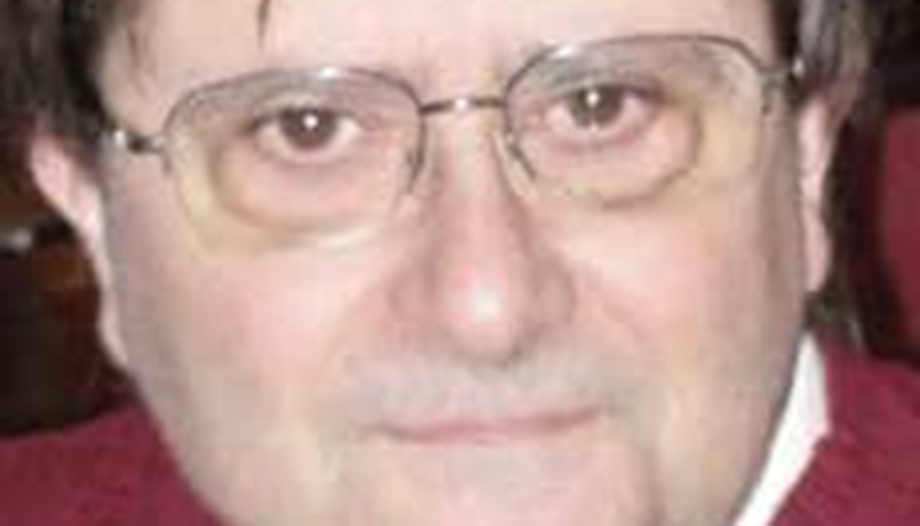
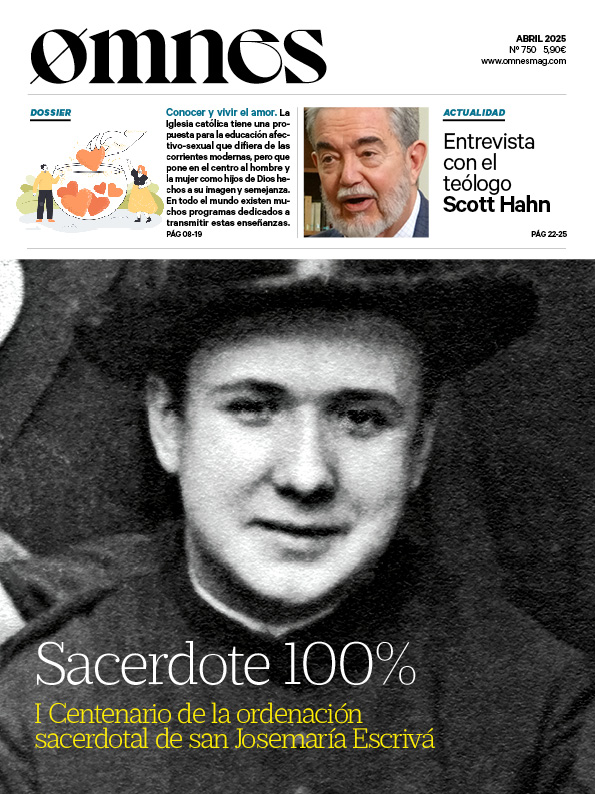


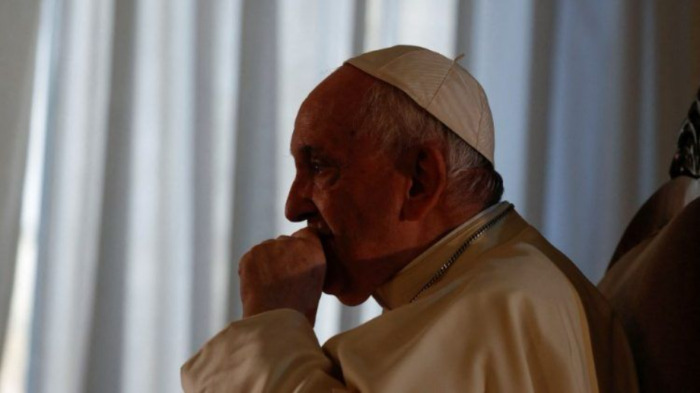
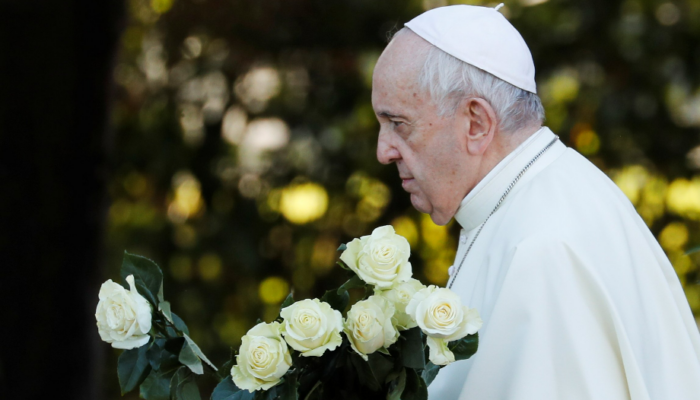
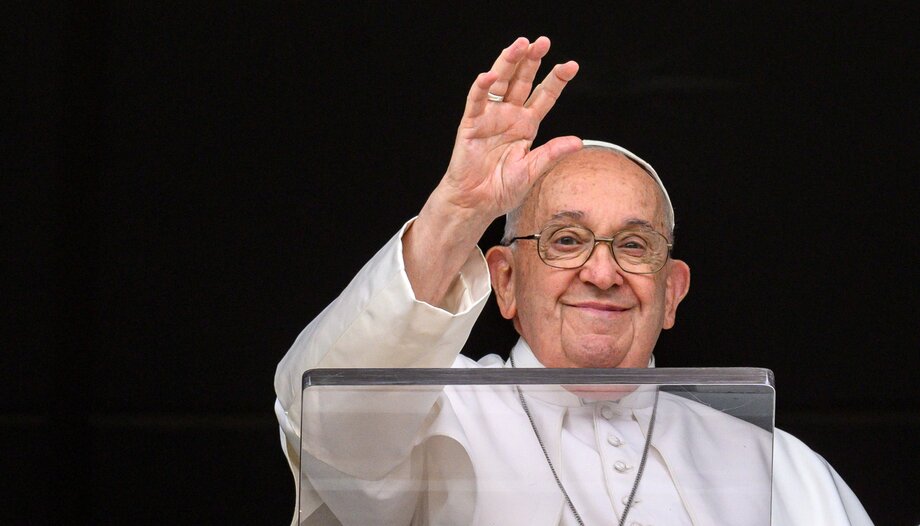
 "Politics is sometimes not understood as service and is invasive."
"Politics is sometimes not understood as service and is invasive."